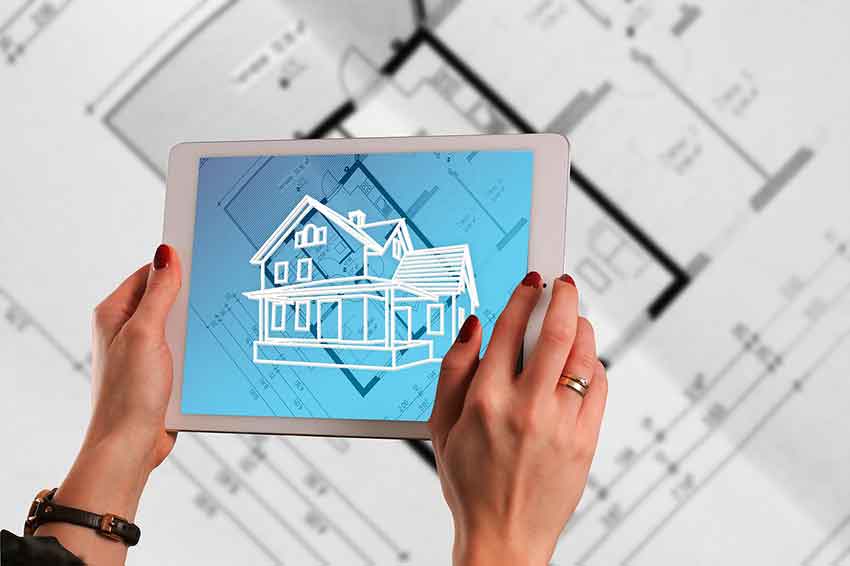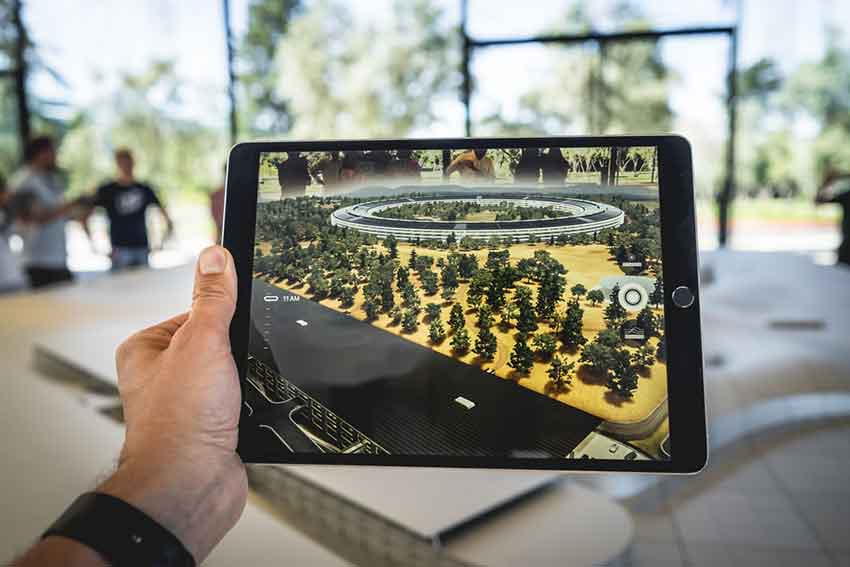Show:
What Makes Augmented Reality a Highly Effective Business Tool?
In recent years, we have witnessed the evolution of augmented reality (AR) from a novelty entertainment concept to an effective business tool. According to a 2019 report, almost 23 million jobs will be associated with AR and Virtual Reality (VR) by 2030. Interest in augmented reality has skyrocketed as innovators continue to explore its business relevance and the role this emerging technology can play in changing the way businesses operate.

What is Augmented Reality?
Augmented reality is a virtual experience where a designer modifies and enhances parts of users’ physical surroundings via computer-generated input. You must have heard of the technology that lets you point your smartphone’s camera at a structure, helping you materialize it into your real-time phone screen. That is what augmented reality essentially is.
In simpler terms, AR adds a new layer of digital information on top of the real-world view, enhancing our overall experience in the process. What separates it from virtual reality is that AR can enhance the real-world experience by modifying both our visual and auditory stimuli.
With tech giants like Samsung and Microsoft competing in the AR race, we have seen the rapidly growing popularity of AR-equipped devices amongst smartphone users. Indeed, the latest smartphones and tablets come equipped with AR/VR technology, enabling users to experience a new era of technology.
The popularity of smartphones combined with the accessibility of wearable AR devices means that the AR Industry is on the rise. As mentioned earlier, recent years have seen a shift in the usage of AR technology from the entertainment industry to the business world. Modern businesses have revamped their operations by making use of sophisticated AR tools and platforms.
Use of Augmented Reality in Business
Augmented reality can be thought of as a hybrid between the physical and digital world. It provides businesses a completely different avenue to interact with clients and customers. Currently, AR is only in its initial stages of development as a business tool. However, its projected market potential makes it an incredibly profitable investment.
To give you a little taste of AR use in the marketplace, and how it can significantly help improve customer experience, here is a scenario: you move into a new house and are looking to buy some furniture. You have three options – you can either browse through company magazines, scroll online, or visit a physical store. Now imagine that you have the luxury to go on a virtual tour of the furniture store from the comfort of your own home. Once you pick a furniture piece of your choice, the AR technology in your smartphone can also show you, in real-time, what that new furniture piece would look like in your living room.
Let us now take a close-up look at the benefits and prospects of AR in business.

Design and Modeling
One of the most prominent usages of AR in a business is via 3D modeling. The design process of items like homes and cars often leverage 3D modeling.
Visualization is one of the core activities in the design process. AR helps the early-stage product design and development process, giving designers a clear assessment of product form and function. AR design brings products to life by enabling designers to walk around or step inside a 3D model, examine it from all angles, make side-by-side comparisons of new and old models, and make any design tweaks in real-time and flexibly if needed. Designers can conduct extensive analyses and checks on realistic 3D models and identify any potential flaws and technical imperfections, rectifying them early on.
That leads to optimized product development and helps save costs associated with developing a physical prototype, enhancing efficiency regarding costs and manufacturing time.
Customer Experience
As a customer, you always want to try the product before actually purchasing it. However, retailers are generally reluctant to this idea due to the fear of damage and theft. With AR, prospective customers can try on different products without physically interacting with them. The ‘try before you buy‘ phenomenon is a win-win for both the customer and the seller. In addition, AR eliminates the need for huge showrooms and changing areas built specially to display products.
In this regard, the cosmetic industry has shown great interest in incorporating AR technology into its business model. Major cosmetic brands have partnered with AR development companies to design algorithms that allow potential customers to try and see how a specific product would look on them virtually. For example, Sephora worked with Modiface to introduce its Virtual Artist AR app.

Hiring and Recruitment
Not only does immersive AR technology work to enhance customer experience, but it can also help companies automate their recruitment process. The act of manually sifting through resumes to find the perfect candidate is now a thing of the past. Modern businesses are moving towards AR and VR technologies to improve overall efficiency.
In this new age of remote recruitment, AR and VR can facilitate fresh inductees by providing virtual access to the workplace, regardless of their physical location. Following the COVID-19 pandemic, the corporate world has seen a surge in remote work. Therefore, to ensure the safety of current and prospective employees, many companies have now begun using AR/VR technology. Rather than calling so many candidates to the company’s workplace, a VR simulation of the office can let candidates get a feel of the workplace without being physically present there.
Marketing and Sales
The unprecedented popularity and reach of smartphones have made it the most valuable platform for product advertisements. With AR, sellers now have an additional branding tool under their belt. Due to its ability to interact with customers, AR provides a more holistic and personalized shopping experience. It can evoke feelings of ownership and build emotional bonds between the customer and the product.
AR can also simplify the assembly process for products like furniture, appliances, and toys, etc. With AR, you do not need to rely on confusing user manuals or search tutorial videos online. A DIY virtual simulation can help you assemble any product in no time.
Look out on the horizon for technologies, and you will have a hard time encountering one more intriguing than augmented reality, which shows real promise for a positive impact on businesses.
An increasing number of companies in industries like education, gaming, healthcare, industrial and retail continue to integrate and apply this groundbreaking technology due to its profound impact on creating unique customer experiences, simplifying the development of products, and differentiating them from the competition.

 Return to Previous Page
Return to Previous Page








